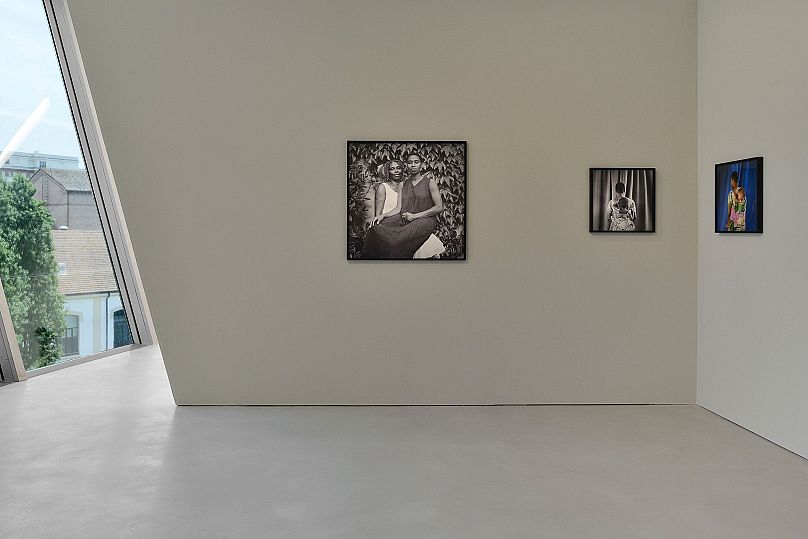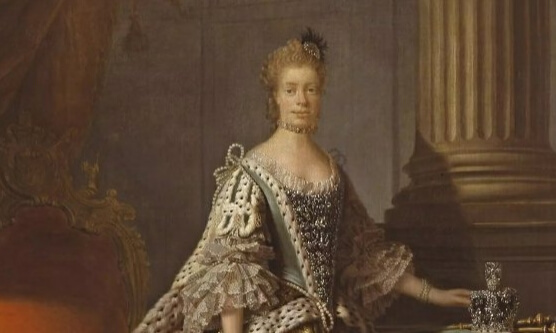Artwork inspired by Gaddafi’s 2009 visit to Rome wins MAXXI Bvlgari Prize

“Gaddafi in Rome: Notes for a Film” — a multimedia artwork by Italian artist Alessandra Ferrini has won the 2022 prestigious MAXXI Bvlgari Prize.
The Italian National Museum of Contemporary Art and Architecture and the Italian jewellery and luxury goods company Bvlgari Group together present the biennial MAXXI Bvlgari Prize, which aims to support and foster the development of the next generation of artists.
An international panel of highly esteemed curators and cultural directors choose three finalists each year, and include the winner’s work as a permanent collection at the MAXXI museum.
The work by Ferrini was developed as part of a funded PhD project by Arts and Humanities Research Council (AHRC) at the University of the Arts, London.
According the art’s expanded script, it was first performed at the Villa Romana (Florence, 2018), then at Depo (Istanbul Biennal Collateral, 2019), Wolf Kino/Archive Kabinett (Berlin, 2019), the University of the Arts London (2019) and at the Festival des Gestes de la Recherche at Grenoble’s Academy of Fine Arts (2021).
The video project drew its inspiration from the late Libyan leader, Muammar Gaddafi’s trip to Libya’s former colonial ruler, Italy in June 2009 to commemorate the signing of a Treaty of Friendship, Partnership, and Cooperation between Italy and Libya.
A number of agreements on the trade of petroleum, colonial reparations, and bilateral agreements on migration were included in the treaty.

A reflection on Italy’s colonial past
Due to the numerous demonstrations the incident prompted, there was a media frenzy in Italy that highlighted the contentious relations between the two nations as well as Italy’s tumultuous relationship with its colonial past.
“Attempting to turn an archive of live news updates produced during the meeting into a script, this performative lecture dissects the memory of this event and the way it was reported,” said Ferrini.
“Through the layering and interplay of text, archival imagery, media footage and amateur documentation of the meeting available on YouTube, this ‘expanded script’ investigates how the news is produced and consumed today, while exposing the continuining (neo)colonial relations between Italy and Libya.”
READ ALSO: The world’s oldest dress is a 5,000-year-old Egyptian Tarkhan
In three acts on three big screens, Ferrini’s piece immerses viewers in a dark room with headphones while analyzing Gaddafi’s journey.
“An artistic test aimed at reflecting on colonial trauma, denouncing the manipulation of colonial and anti-colonial history and moving beyond to reflect on the present,” said Giulia Ferracci, the exhibition’s curator.
Other finalists
Silvia Ross, an Italian-Togolese artist who utilises photography to examine how and why we remember, is one of the other finalists.
She notes that the collection’s title, “Teacher Don’t Teach Me Nonsense,” is taken from a Fela Kuti record in which the musician discusses the pervasive Western influence on several West African nations’ educational systems.

The significance of language to a population’s and an individual’s identity is also highlighted in Rosi’s work, which consists of three sets of pictures and movies, particularly the Ewe and Minà languages spoken in Ghana and Togo.
Namsal Siedleckl is the third finalist with his piece “Nuovo Vuoto – (New Emptiness),” which was motivated by the empty spaces found inside bronze statues. Six sculptures of a human hand made from various materials make up the set.
Siedleckl started by looking for the “original sculpture” that was formerly housed inside a bronze hand he had ordered online.
The MAXXI Museum of Rome will host the works of the three artists till November 22, 2022.
Abeeb Lekan Sodiq is a Managing Editor & Writer at theafricandream.net. He is as well a Graphics Designer and also known as Arakunrin Lekan.





